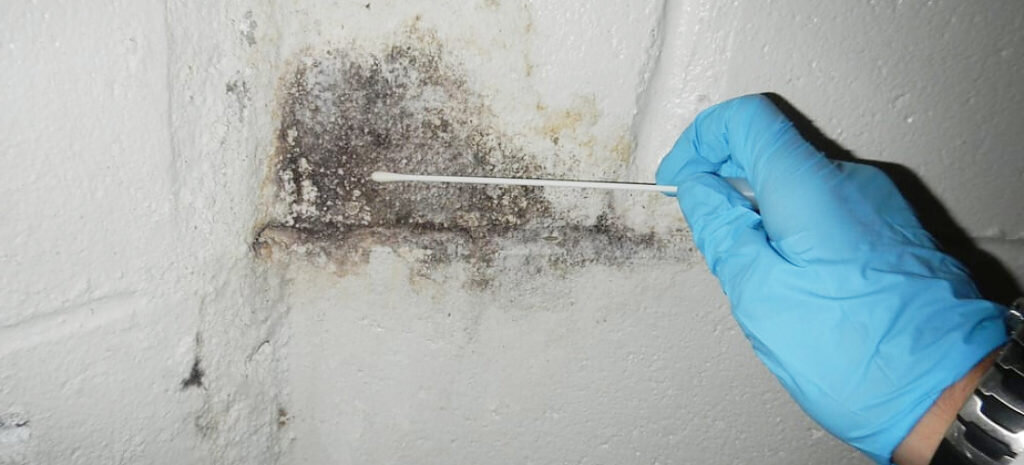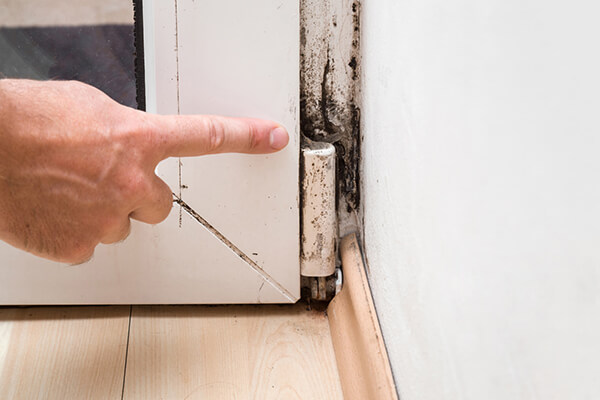Guidance on What to Do After Mold Remediation
Wiki Article
Professional Tips for Message Mold Remediation Success
In the realm of mold remediation, efficiently eliminating mold and mildew is just half the battle; truth challenge depends on avoiding its reappearance. Post-remediation efforts play a vital function in making sure a mold-free environment in the long-term. By adhering to professional pointers and finest techniques, individuals can guard their spaces versus mold revival and maintain a healthy and balanced interior atmosphere. It remains in this stage of the removal process that focus to information and aggressive measures genuinely make a distinction.
Display Moisture Degrees Consistently
After finishing mold remediation treatments, preserving ideal moisture degrees is important to protect against mold re-growth and make sure a healthy and balanced indoor environment. High humidity levels above 60% create a favorable setting for mold and mildew to thrive, making routine checking a proactive step to prevent any future mold problems.In addition, developing a routine timetable for moisture checks, especially in risky locations such as shower rooms, kitchens, and cellars, is an aggressive method to mold and mildew prevention. By continually monitoring moisture degrees, residential property proprietors can properly minimize the risk of mold and mildew reoccurrence and preserve a healthy and balanced indoor setting post-remediation.
Conduct Thorough Inspections Post-Remediation
Following the conclusion of mold and mildew removal procedures, it is essential to conduct detailed inspections to confirm the effectiveness of the removal process. These post-remediation evaluations are critical in making sure that the mold problem has actually been efficiently addressed which there is no recurrence or staying mold and mildew growth. Inspections need to be accomplished by certified professionals who have experience in recognizing mold and examining interior air top quality.During these examinations, various methods such as visual analyses, air sampling, and surface area tasting might be used to extensively evaluate the remediated locations. Aesthetic analyses entail a detailed inspection of the premises to inspect for any visible indications of mold growth or water damage. Air tasting assists in determining the air-borne mold and mildew spore degrees, while surface area sampling can find mold and mildew bits on surface areas.
Implement Proper Ventilation Techniques
After making certain the effectiveness of the mold and mildew removal process with complete evaluations, the following vital step is to focus on executing correct ventilation approaches. Sufficient air flow is essential in stopping mold reoccurrence by regulating moisture levels and promoting air circulation.
Correct ventilation not only aids in protecting against mold development however additionally adds to the general health and wellness and convenience of owners. By guaranteeing sufficient ventilation throughout the residential or commercial property, you can minimize the threat of mold and mildew regrowth and create a much healthier living setting. Routine maintenance of air flow systems, consisting of cleansing and filter substitutes, is crucial to maintaining reliable air flow. Consulting with heating and cooling experts can provide additional insights into optimizing ventilation approaches for your specific home requirements.

Usage Mold-Resistant Products for Repair Works
To enhance the lasting effectiveness of mold removal efforts, including mold-resistant materials for repairs is crucial in minimizing the danger of future mold growth. Mold-resistant products are created to endure moisture and hinder mold development, making them a necessary choice for locations susceptible to dampness and humidity. When repairing areas impacted by mold and mildew, utilizing products such as mold-resistant drywall, mold-resistant paints, and mold-resistant caulking can help protect against mold reappearance.Mold-resistant drywall is an exceptional alternative to standard drywall in locations like bathrooms and cellars where dampness levels are greater. When revealed to damp conditions, this type of drywall has a special covering that withstands mold development also. In addition, making use of mold-resistant paints consisting of antimicrobial representatives can further inhibit mold growth on ceilings and walls.
In areas where moisture prevails, Post Remediation verification such as restrooms and kitchens, utilizing mold-resistant caulking around tubs, sinks, and windows can aid seal out water and avoid mold and mildew from taking hold in cracks and crevices. By buying these mold-resistant products throughout repair services post-remediation, you can dramatically lower the probability of future mold and mildew issues and keep a healthier interior setting.
Maintain Tidiness and Address Water Issues
Making sure cleanliness and without delay resolving water concerns are fundamental practices to promote in securing interior spaces from mold and mildew reinfestation. After mold and mildew remediation, it is essential to keep a clean environment to avoid the regrowth of mold (testing air quality after mold remediation). Routine cleaning, dusting, and vacuuming can help get rid of any kind of lingering mold and mildew spores and stop them from proliferating and working out. Furthermore, maintaining interior spaces completely dry and resolving any kind of water problems immediately is important in mold avoidance. Leakages, water breach, or high moisture degrees can create the best breeding ground for mold and mildew, so it is vital to deal with any type of water-related troubles promptly.To keep sanitation, think about using HEPA filters in vacuum cleaners and air purifiers to trap mold spores and stop their blood circulation in the air. Additionally, making sure correct ventilation in areas susceptible to moisture accumulation, such as kitchens and shower rooms, can assist keep humidity degrees in check. By remaining alert regarding sanitation and dealing with water problems quickly, you can successfully stop mold and mildew reinfestation and maintain a healthy interior atmosphere.
Conclusion

In the world of mold and mildew removal, efficiently eliminating mold is just half the battle; the true challenge lies in preventing its reappearance. After completing mold and mildew remediation treatments, preserving optimum humidity degrees is crucial to stop mold and mildew re-growth and ensure a healthy and balanced interior setting. High humidity levels above 60% produce a helpful setting for mold to prosper, making regular keeping an eye on a positive measure to protect against any kind of future mold issues.
To enhance the long-term efficiency of mold remediation initiatives, integrating mold-resistant products for repair services is critical in alleviating the danger of future mold development. After mold removal, it is vital to keep a tidy environment to prevent the regrowth of mold.
Report this wiki page